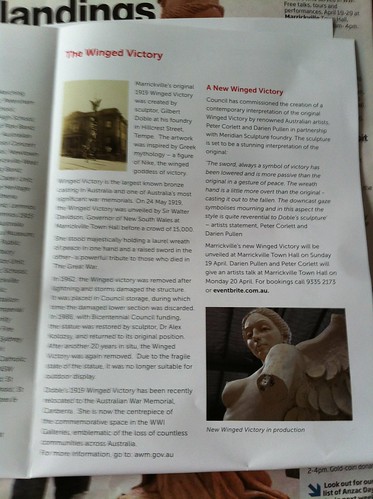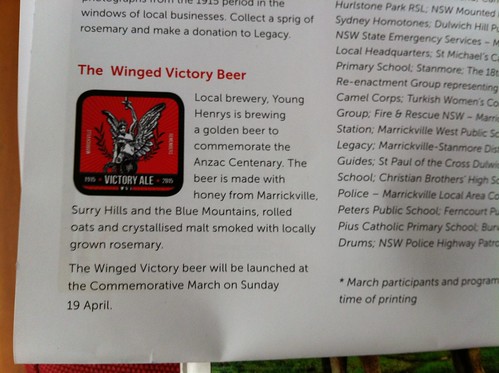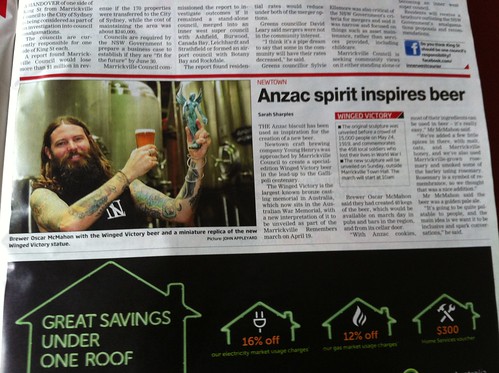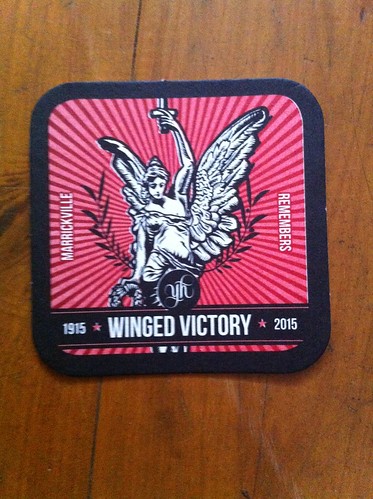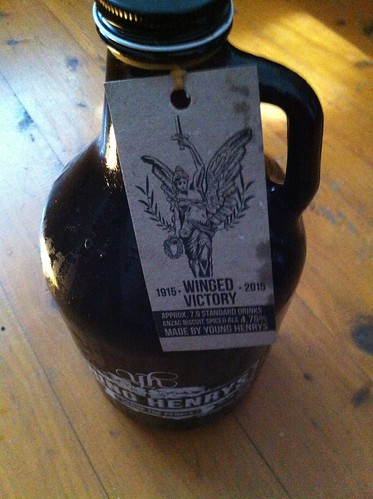 Hieroglyph: Stories and Visions for a Better Future by Ed Finn
Hieroglyph: Stories and Visions for a Better Future by Ed FinnMy rating: 5 of 5 stars
This book is amazing. It is a series of short stories (some quite long, others quite short) exploring science and ideas for the future. It is a collaboration between fiction authors and scientists, and comes out of Project Hieroglyph at the Arizona State University and their Centre for Science and the imagination.
I realise I may not be making this sound exciting yet. I wanted to read this book because Neal Stephenson was behind it, and I am a fan of his work. There are many wonderful stories in this volume. Not all of them are equally wonderful, but I am sure some people really loved ones I did not. At the end of each story there are story notes to show where the idea came from, sometimes there is a forum discussion you can look at to see the science explained (and it may be something which is not possible to do yet, but it has possibilities). Sometimes the writer was linked to a scientist so they could check the scientific accuracy of what they wrote about, other times they connected to research.
This book explores ideas, using accurate or potentially possible science. It also has great, amazing and wonderful stories in it. One of the things I noticed reading it was that many of the stories were joyful. There may have been tough things going on, but there was an undercurrent of joy and hope. This was lovely and a contrast to what I have been watching and reading lately. That joy and hope were strong is a great fit for planning a hopeful and positive future in a way which cares for people, and is inclusive an imaginative.
Some choice stories for me were Atmosphaera incognita by Neal Stephenson, The man who sold the moon by Cory Doctorow (this is a very joyful, hopeful story), A hotel in Antartica by Geoffrey A Landis, By the time we get to Arizona by Kathleen Ann Goonan, Elephant angels by Brenda Cooper, Entanglement by Vandana Singh, and Degrees of freedom by Karl Schroeder (exploring different governance structures). There are some wonderful reads not included, but it was starting to seem like I was including too many to be described as a selection.
This is going to be a tough one to place in a library because some people will read it for the science, and others for the ideas. Good cataloguing is essential (actually it always is essential). You can see how it is catalogued on Trove and the summary provides helpful keywords (but a lot of libraries don't add fiction to Trove and so miss out on this). I would have liked a more science oriented subject heading added as well.
View all my reviews

